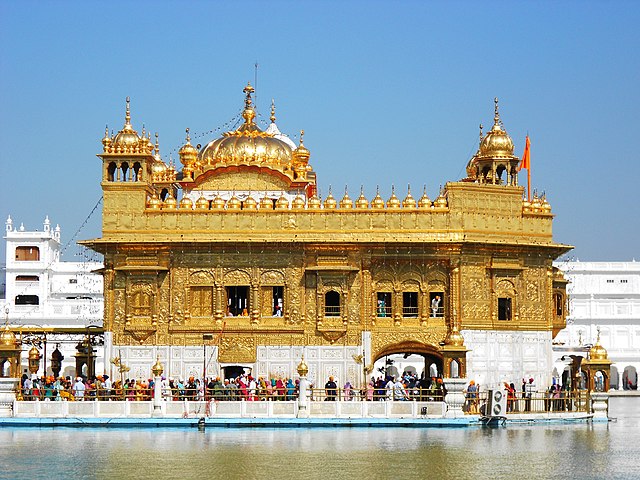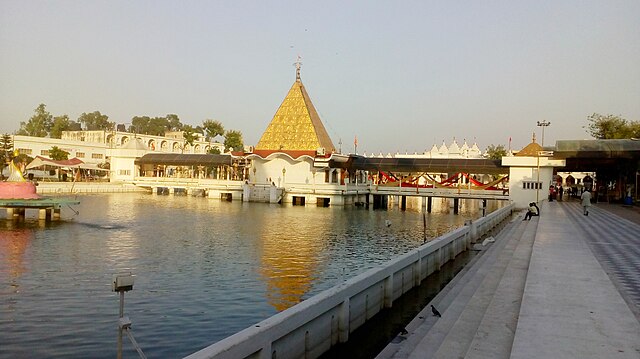The History of Punjab refers to the past history of Punjab region which is a geopolitical, cultural, and historical region in the northwest of South Asia, comprising eastern Punjab province in Pakistan and western Punjab state in India. It is believed that the earliest evidence of human habitation in Punjab traces to the Soan valley of the Pothohar, between the Indus and the Jhelum rivers, where Soanian culture developed between 774,000 BC and 11,700 BC. This period goes back to the first interglacial period in the second Ice Age, from which remnants of stone and flint tools have been found.
Ceremonial vessel; 2600 – 2450 BC; discovered from Harappa, Pakistan.
The Battle of Ten Kings was fought on the banks of River Parusni in Punjab – A depiction from Razmnama (1585)
Porus and Alexander during the Battle of the Hydaspes – painting by Charles Le Brun (1673)
Menander I (155–130 BC) is the most famous Indo-Greek king mentioned in both Graeco-Roman and Indian sources. The capital of the Indo-Greeks during his reign was Sagala in Punjab.
Punjab, historically known as Panchanada (Sanskrit) or Pentapotamia, is a state in northwestern India. Forming part of the larger Punjab region of the Indian subcontinent, the state is bordered by the Indian states of Himachal Pradesh to the north and northeast, Haryana to the south and southeast, and Rajasthan to the southwest; by the Indian union territories of Chandigarh to the east and Jammu and Kashmir to the north. It shares an international border with Punjab, a province of Pakistan to the west. The state covers an area of 50,362 square kilometres, which is 1.53% of India's total geographical area, making it the 19th-largest Indian state by area out of 28 Indian states. With over 27 million inhabitants, Punjab is the 16th-largest Indian state by population, comprising 23 districts. Punjabi, written in the Gurmukhi script, is the most widely spoken and the official language of the state. The main ethnic group are the Punjabis, with Sikhs (57.7%) and Hindus (38.5%) forming the dominant religious groups. The state capital, Chandigarh, is a union territory and also the capital of the neighbouring state of Haryana. Three tributaries of the Indus River — the Sutlej, Beas, and Ravi — flow through Punjab.

Image: Golden Temple, Amritsar, Punjab UNAG
Image: Virasat e Khalsa Roxy
Image: Devi Talab Mandir
Image: Khalsa College Monumentos de Amritsar India 16








